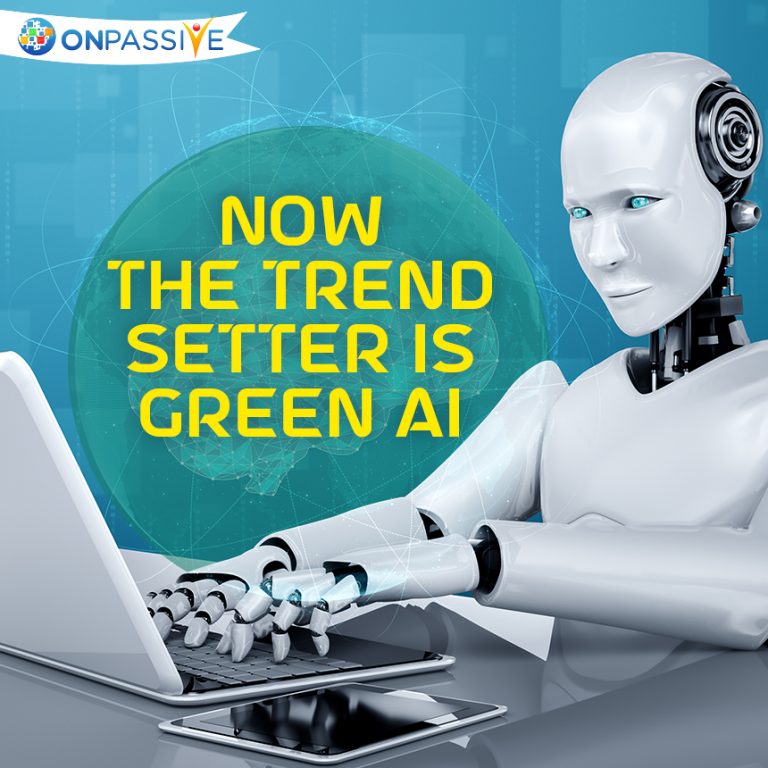
Artificial intelligence systems address various conflicting goals: precision (consuming vast quantities of computing resources and electrical power) and usability (being lower in cost, less computationally intensive, and less resource-hungry). Alas, many of the developments in AI applications of today are economically unsustainable. Several variables, including more effective algorithms, more efficient computational systems, and more efficient materials, would drive improvements in artificial intelligence energy efficiency.
In its recent research, the Allen Institute for AI proposed that ‘Green AI’ programs centered on AI systems’ energy efficiency should be prioritized. The research was based on the wavering carbon footprints of several high-profile developments in AI. The amount of computation required for the most significant AI training runs has been grown massively by 300,000 times since 2012, according to an OpenAI blog post. This growth in technical criteria contributes to artificial intelligence’s negative environmental impacts.
What is Energy Efficient Green AI?
Green AI refers to a broader, long-standing view in AI scientific research that is environmentally friendly. In many cases, AI study can be computationally costly; moreover, each offers innovative upgrades opportunities. A central Green artificial intelligence approach is documenting the computational price tag of discovering, training, and running models of AI.
What are the Recent Developments in AI and what is the Road to Green AI
Despite AI’s inherent theoretical merits, because of both environmental considerations and the obstacles it presents, AI is not sustainable. For example, The HGP succeeded in sequencing the human genome to continue the example. Still, new DNA sequencing technologies were needed to reduce costs significantly and make genome sequencing widely available. When developing deep learning models, the AI group needs to try to reduce energy use.
Here are some ways that would assist you to transform your industry into utilizing Green AI:
#1 Prioritize Reproducibility
To increase the productivity of AI production, reproducibility and sharing of intermediate objects are imperative. Too often, without coding, artificial intelligence research is written, or else researchers find that even with the coding, they can’t replicate results. Besides, in rendering their work open source, researchers may encounter internal challenges. This condition is improving steadily, as conferences such as NeurIPS, along with academic papers, now require reproducible code submissions.
#2 Tackle Sustainability Challenges
While artificial intelligence sometimes can sound like not a ‘silver bullet.’ AI will be used wisely, as with any technology.
There has been a movement to build larger AI models, especially in Natural Language Processing (NLP), to provide better output on tasks. More extensive models (meaning ones with a larger number of tunable parameters) need more training and running data and computing resources, adding more software pollutants, costs, and technological, regulatory barriers. A requirement for alleviating these problems should be to create and introduce ‘greener’ artificial intelligence.
#3 Increase Hardware Performance
At present, we witness a proliferation of advanced hardware that provides better efficiency on machine learning tasks and significant developments in AI and higher productivity (performance per watt). The demand for GPUs by the artificial intelligence community led to the creation of TPUs by Google. It moved the whole chip industry towards more advanced products and developments in AI. We’ll see NVIDIA, Intel, SambaNova, Mythic, Graphcore, Cerebras, and other businesses add more attention to AI workload hardware in the next few years.
#4 Emphasize on Deep Learning
We know that deep learning is working. But while the origins of the methodology go back many decades, we also do not thoroughly understand how or why it functions as a scientific culture. It will guide the creation of more realistic and practical models to reveal the fundamental science behind deep learning and explicitly define developments in AI’s strengths and limitations. Pushing the boundaries on deep learning precision remains an exciting research field, but as the saying goes, “perfect is the enemy of good.” Current models are now detailed enough to be applied in a wide variety of applications.
#5 Work on Getting the Right Partner
Many of the giant organizations in the world may not have the resources to develop artificial intelligence successfully. Still, their executives recognize that developments in AI and deep learning can be core components of potential services and products. Instead of doing it alone, enterprises should search for collaborations to help stimulate their AI plans with startups, incubators, and universities. While self-driving cars and digital voice assistants are on a path to Silicon Valley, it is not surprising to believe that we’ve hit a technical plateau. It’s crucial to remember that we’re only at the very beginning of significant developments in AI.
In Conclusion
Amazing developments in AI are seen in the 2020s, but we are still in the revolutionary era of technology and productive energy usage. As AI research advances, we must stress that it is easy to reach and replicate the best platforms, devices, and methodologies for constructing models. This would contribute to constant changes during building energy-efficient AI.



Rakesh Kasera
4 years ago
Hoge Rabura
4 years ago